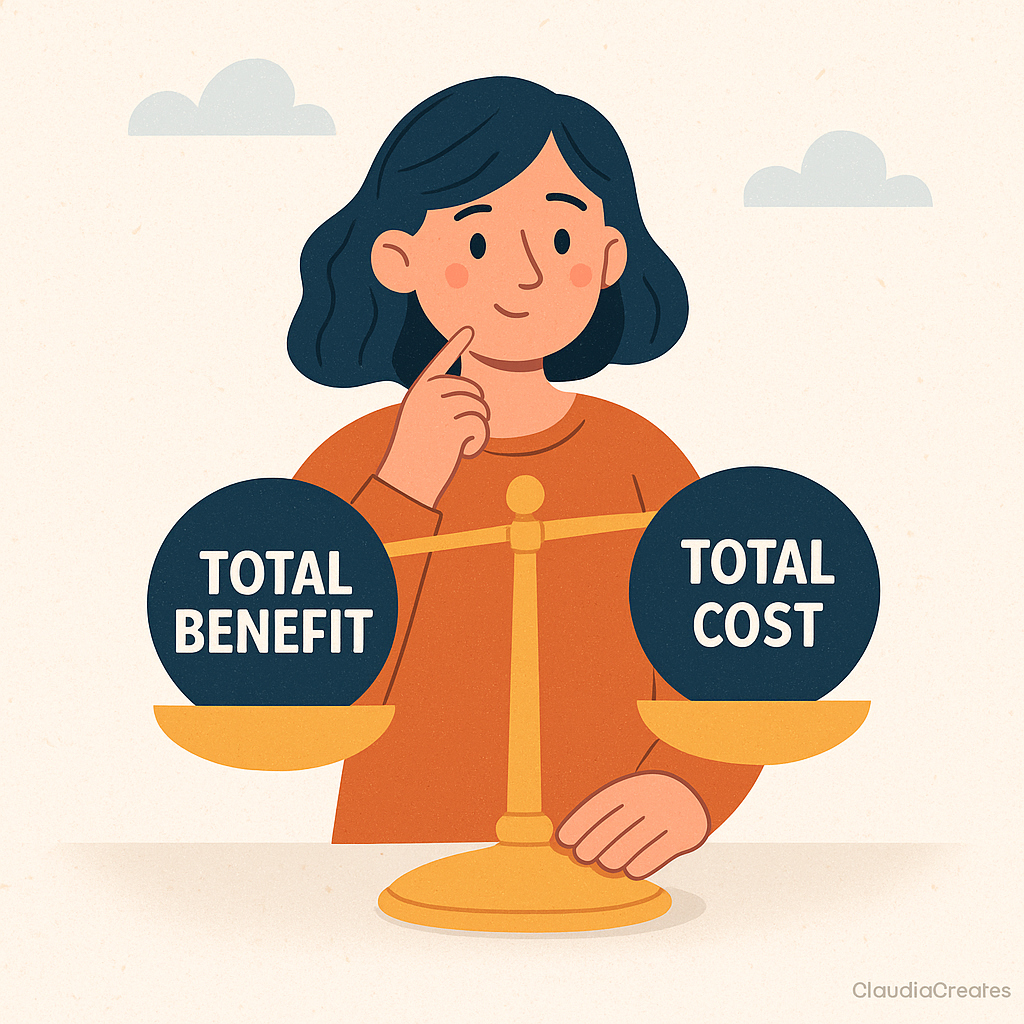Beyond the Sale: How Customer Loyalty Fuels Long-Term Growth
Would you rather spend five times more acquiring a new customer, or invest in keeping the ones you already have?
Loyal customers are the foundation of every successful business. As stated by marketing experts Don Peppers and Martha Rogers, “Creating loyal customers is at the heart of every business.” Loyalty drives repeat purchases, lowers service costs and turns buyers into advocates who spread the word. Here’s how companies build and measure it:
CUSTOMER VALUE Loyalty starts with value. The Customer Perceived Value model explains that buyers weight total benefits (product, service) against total costs (money, time, effort). The balance of benefits and reduced costs strengthens loyalty over time.
According to an article on Qualtrics, measuring satisfaction is the key to knowing if you’re delivering on value. Companies that track satisfaction can spot risks early and adjust before loyalty is lost.
MOVING PAST THE SALE The marketing funnel doesn’t end with a purchase, loyalty is built after. The funnel highlights that growth isn’t just about bringing in new customers, it's about retaining and deepening relationships with the ones you already have. Winning companies improve value by focusing on retention strategies rather than pouring all resources into acquisition. Some of these strategies include reducing customer defection and increasing relationship longevity. By training employees to be knowledgeable and responsive, you can reduce frustration and keep customers from leaving. Also, the longer a customer stays, the more profitable they become. Longevity is built through consistent quality and continuous engagement.
BUILDING BONDS Brands must create ongoing connections that work into the customer’s daily life. Brands can achieve this by creating communities (membership clubs, online groups) and loyalty programs (early access to products, reward systems). When customers feel like they are a part of something bigger, their relationship shifts from transactional to personal. These bonds make them more likely to recommend the brand to others and stay loyal long term.
WHY DOES THIS MATTER FOR MARKETERS TODAY? Today’s customers expect authentic experiences and reviews and this is where UGC becomes powerful. UGC does more than attract new buyers, it validates existing customers. When brands repost authentic testimonials, they reinforce trust and build community. If customers often report frustration with a brand’s product, a creator showcasing ease-of-use or a testimonial in UGC can directly target that weak spot. Loyalty grows when customer voices are heard.
When customers become your storytellers, they’re no longer just buying from you, they’re building with you. That’s the true foundation of loyalty.

